Panasonic GX8 & 15mm ƒ/1.7
Exploring the other side of the Micro Four-Thirds coin
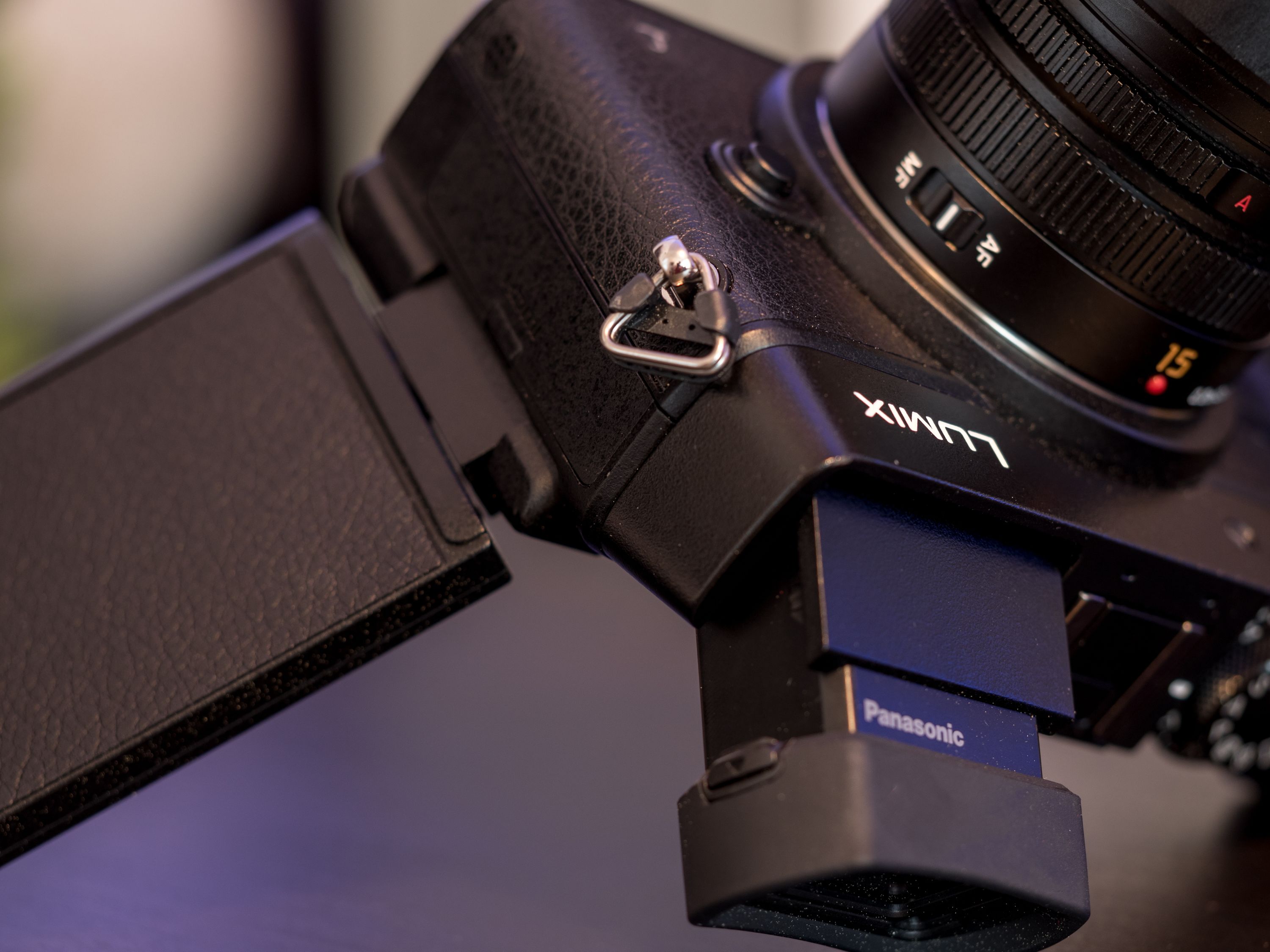
I’ve been shooting Micro Four-Thirds cameras almost from the beginning of my mirrorless switch. My first was an Olympus E-M10, and as a result I stuck pretty close to the Olympus side of things for photography.
Video is a different story.
Today, almost all of the agency’s video output comes from a pair of Panasonic GH4s. They’re robust, compact, and extremely capable cameras that I look forward to upgrading to GH5s as soon as we can.
Still, I’ve neglected to put them through their paces for photography, and most of the reason for that comes down to the lack of IBIS. Without it, one of the central attractors to the Micro Four-Thirds ecosystem was missing, so I kept using the best tool for the task at hand: Olympus for photos, Panasonic for video.
Recently, after a great conversation on Candid with the folks at Panasonic, I had the opportunity to test one of their more photography-focused bodies to see what I’ve been missing.
Since I was already familiar with the GH form factor, I wanted to try something different. Something alluringly close to my Fujifilm cameras in design and controls. Something compact, capable, and quick.
Here’s what I think after several weeks of putting the Panasonic GX8 through its paces.

Just Right
I love Fujifilm cameras for their direct, hands-on controls and inimitable analogue spirit. I love Micro Four-Thirds cameras for their wealth of features, IBIS, and portability. The GX8 takes many of the best aspects of both those systems and marries them together in one exceptionally handsome package.
The GX8 is small, just a bit larger and heavier than an X100, and it even looks similar. It lacks an optical/hybrid viewfinder, but it does have a very clever EVF as well as a much better grip. And, of course, it’s an interchangeable lens camera.
In theory, it’s a perfect combination…but in practise, there are a few hang-ups that hold it back.
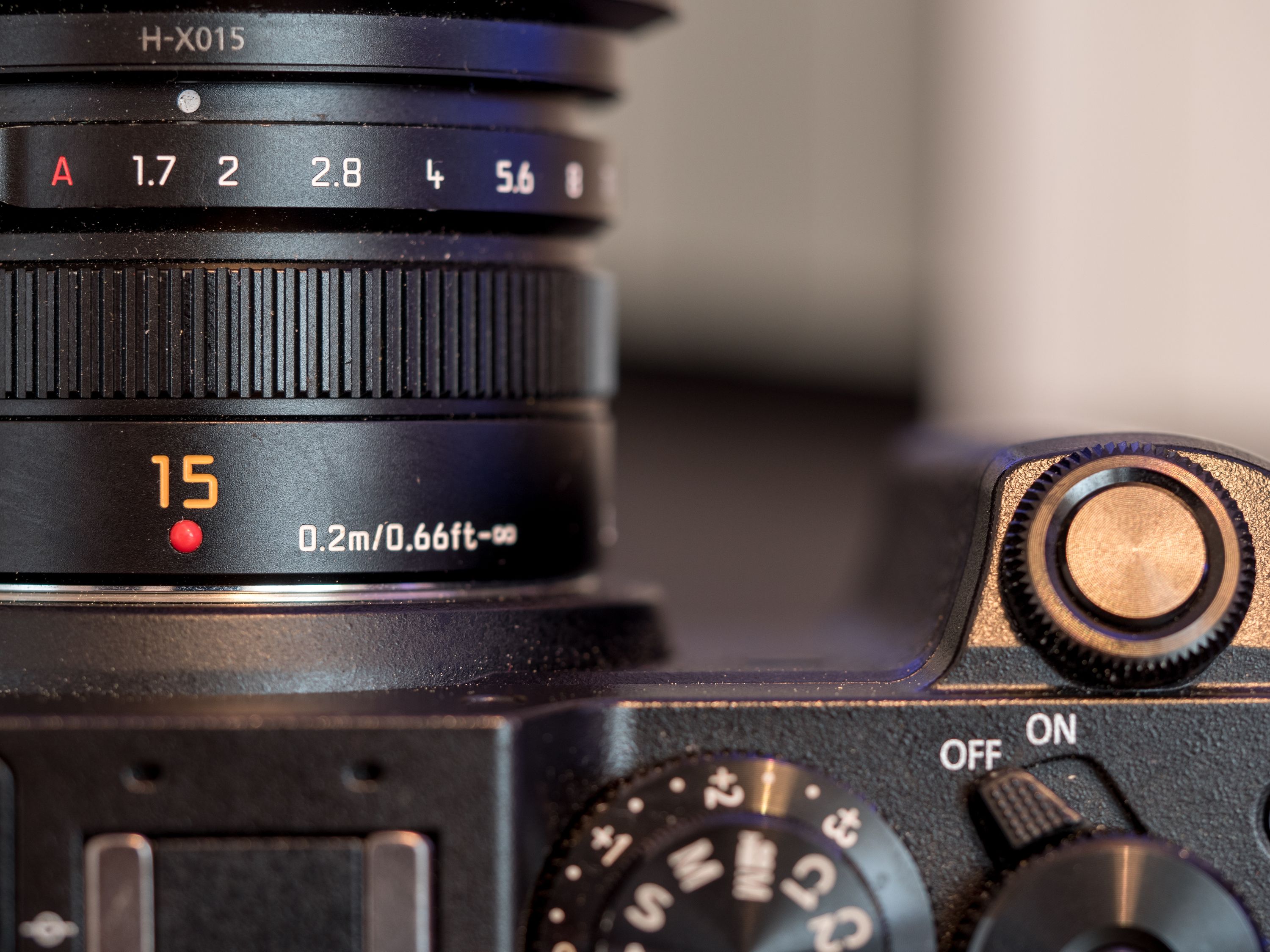
Controls
Control placement is excellent (with one notable exception), with everything falling to hand comfortably and buttons having a good amount of tactile feedback. I also like that the majority of controls are arranged on the right side of the articulating touch display, which makes one-handed operation possible.
Twin dials, typical of Micro Four-Thirds cameras, make an appearance, and there’s a unique stacked dial that does double duty as both a mode switcher and a dedicated exposure compensation dial. And unlike on my Olympus cameras, the aperture rings built into many of Panasonic’s lenses actually work on the GX8.
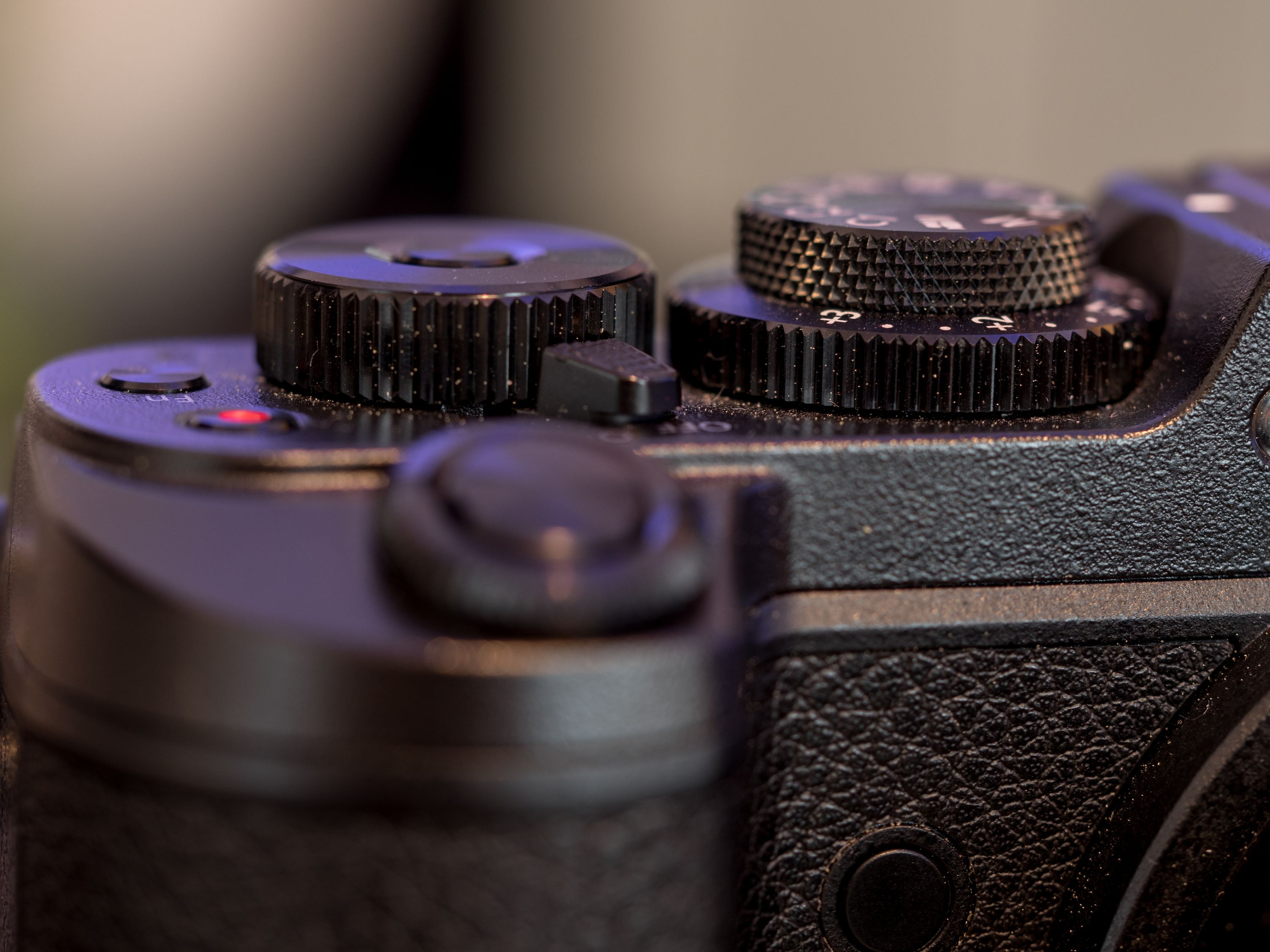
I like this setup because it means I have a dedicated dial for aperture and exposure compensation, and can assign two more dials to handle whatever other controls I want. It’s a great bridge between the 1:1 controls of the Fujifilm cameras and the infinite customization of the Olympus ones.
The one frustrating exception to the otherwise great control scheme is the front function button. It’s small, flush with the front plate of the camera, and maddeningly positioned exactly where my fingers fall when gripping the camera.
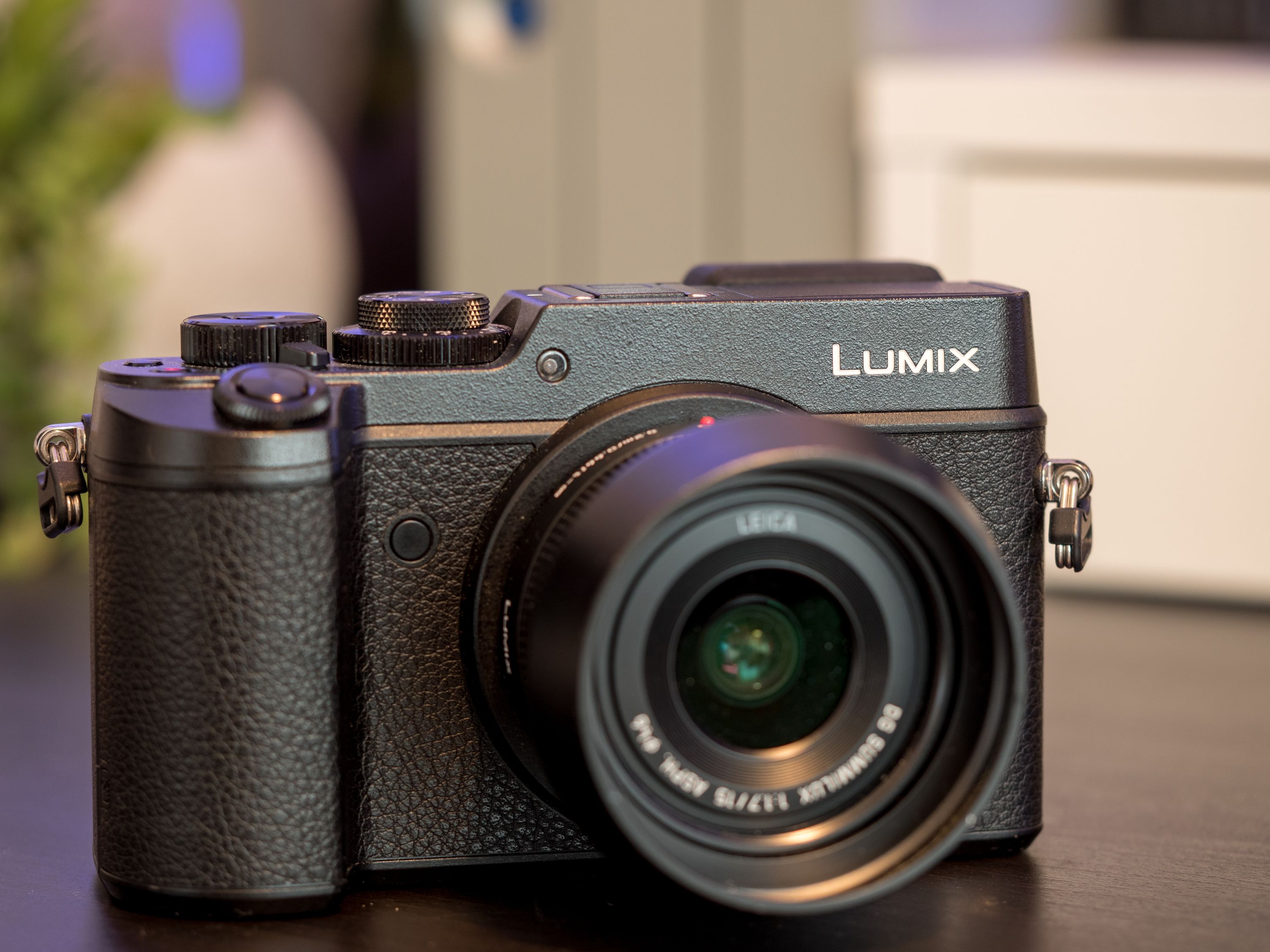
This would be little more than an annoyance if it were possible to disable it, but Panasonic doesn’t allow that. So instead, I was left trying to find the least disruptive thing I could set it to so that when I invariably pressed it by accident, it didn’t take too much time to undo it and get back to shooting.
What should have been a tiny problem ended up aggravating me throughout my time with the camera, and I never managed to get to the point where my hands instinctively avoided that button’s location. It’s just too exactly placed for where your fingers end up. I might have forgiven it as being a consequence of my larger hands, but Shannon shot with the GX8 while I had it as well, and the very first comment she made was that the front button was annoying and she wanted to disable it.
Stabilization
My second complaint about the camera has to do with its stabilization. While I admit that I’ve been spoiled by the excellent stabilization in the Olympus cameras, I was surprised at just how poor the IBIS in the GX8 was by comparison.
At first, I thought it wasn’t even functioning, until I realized that unlike on Olympus cameras, the GX8 does not engage IBIS on a half-press of the shutter by default. As a result, your live view isn’t stabilized, which gives the impression of it not working.

It is though, and while it can’t match the ludicrous performance of the E-M1 Mark II, having IBIS at all is a welcome change from the GH4. I look forward to seeing how much the technology has improved on the GH5, and I hope that the GX8’s successor benefits from new stabilization technology too whenever it arrives.
Tilting EVF
This was a first for me: the EVF on the GX8 can be tilted upward, allowing for interesting things like looking down through it the way you would on a really old film camera.
This is in addition to its articulating LCD screen, meaning you have quite a few options when it comes to framing shots from difficult angles. You might, for instance, opt to use the tilting EVF in situations where lighting is harsher, where glare might make the articulating screen difficult to see.
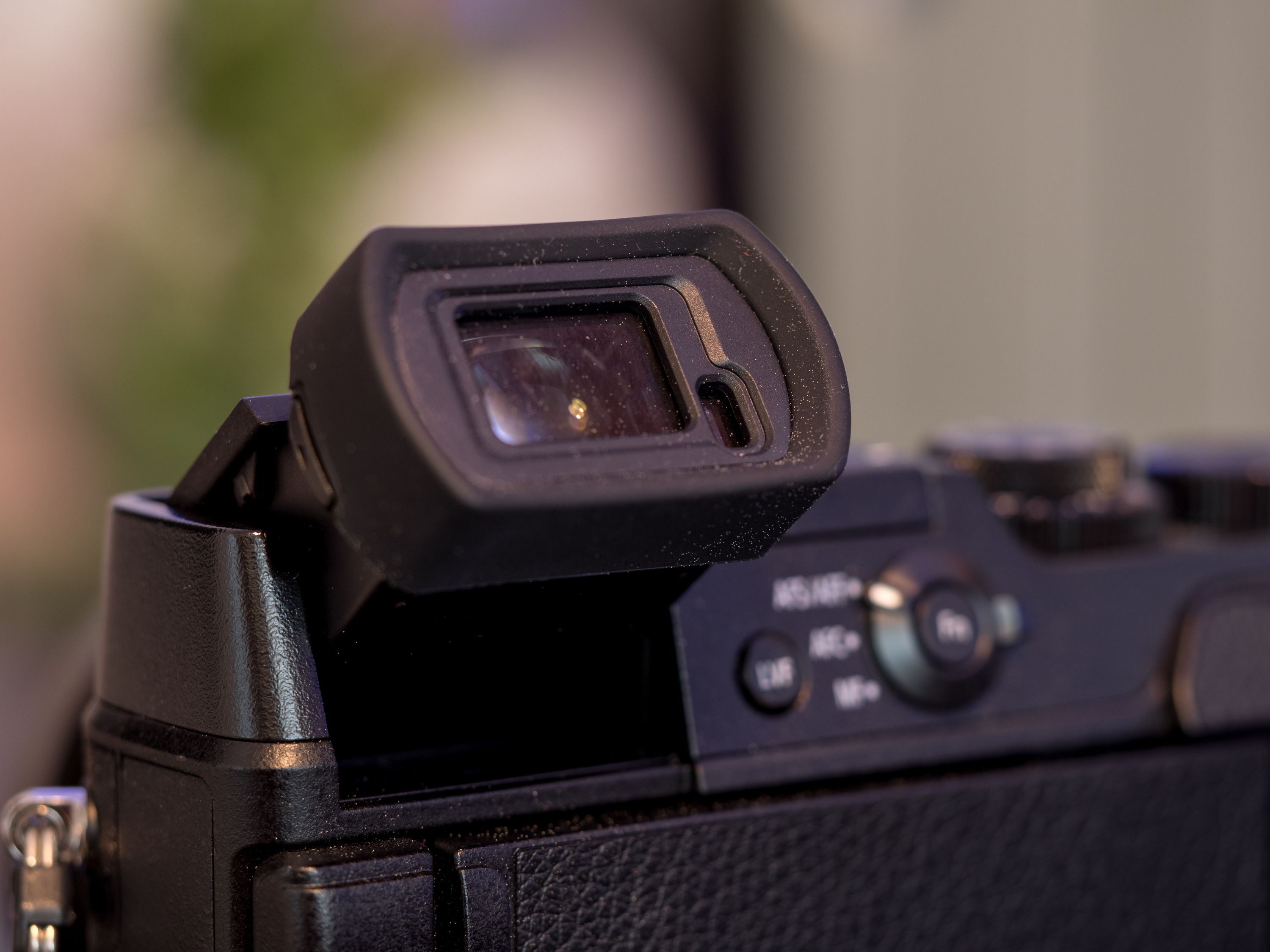
It’s unique, and while I’m not convinced it’s something I’d want to have on other cameras, I appreciated having it on the GX8.
Also worth mentioning is the fact that the EVF itself is very good. It’s bright, sharp, and the magnification of 0.77x is among the best available in a mirrorless body. Refresh rates are not industry-leading, but they’re past the threshold where you’d have any real-world issues in most shooting scenarios.
The Leica DG Summilux 15mm ƒ/1.7
To best appreciate the GX8’s capabilities, I wanted to pair it with a lens that could show off both its imaging potential as well as its ergonomic qualities. The Summilux 15mm ƒ/1.7 was an easy choice, especially given the glowing impressions of it I’d heard from friends.
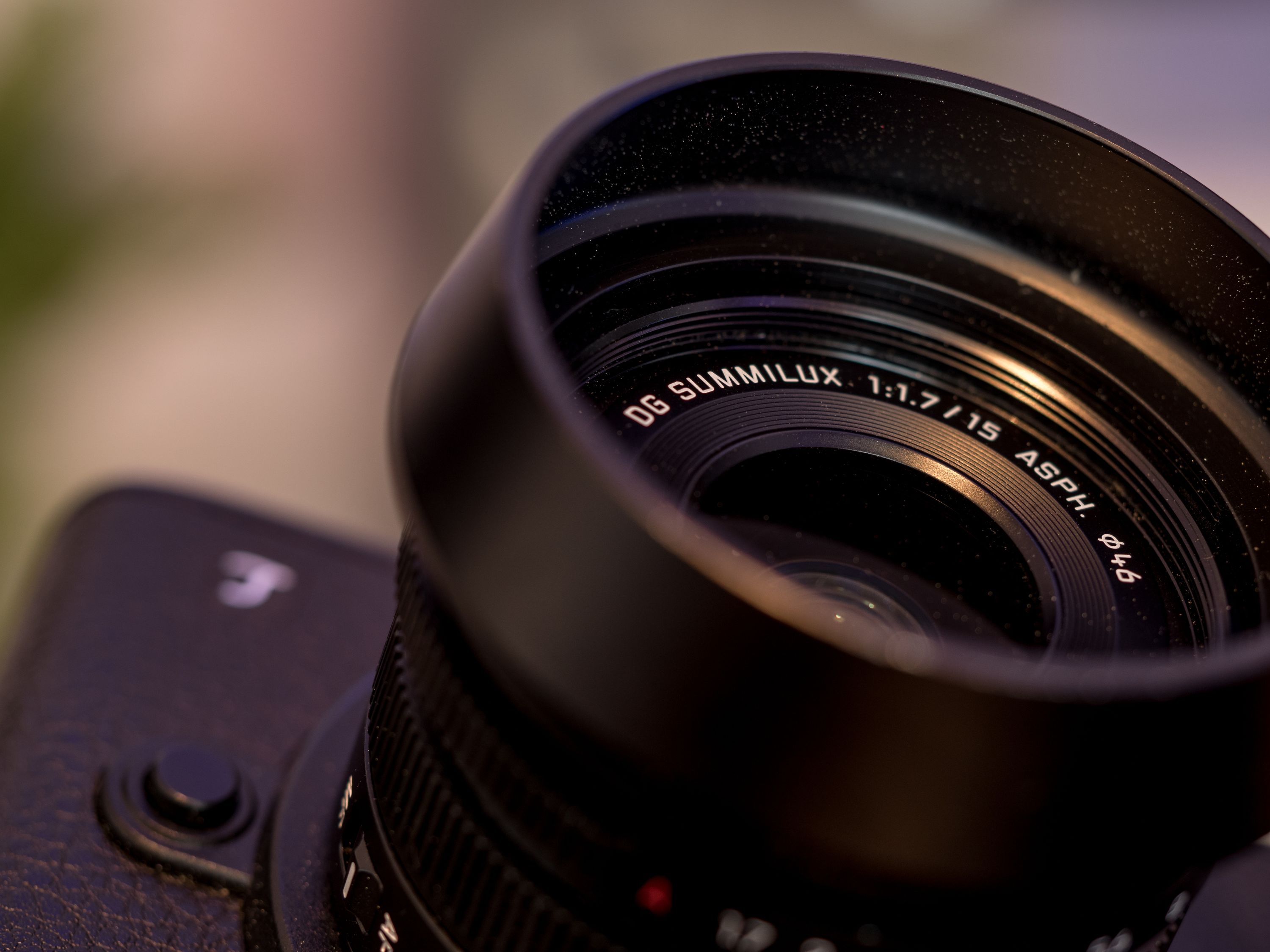
The 30mm full-frame equivalent field of view is an interesting mid-point. It’s a hair closer than the street-friendly 28mm field of view, but not as close as the equally-popular 35mm. As it turns out, that makes it quite the sweet spot for general purpose shooting, especially with the decently-wide ƒ/1.7 aperture.
As a travel lens, it excels as an always-on tool with enough range to cover the vast majority of urban/lifestyle shooting scenarios. Its tremendous sharpness and pleasing contrast rendering would tempt me to leave it on for landscape shooting too.
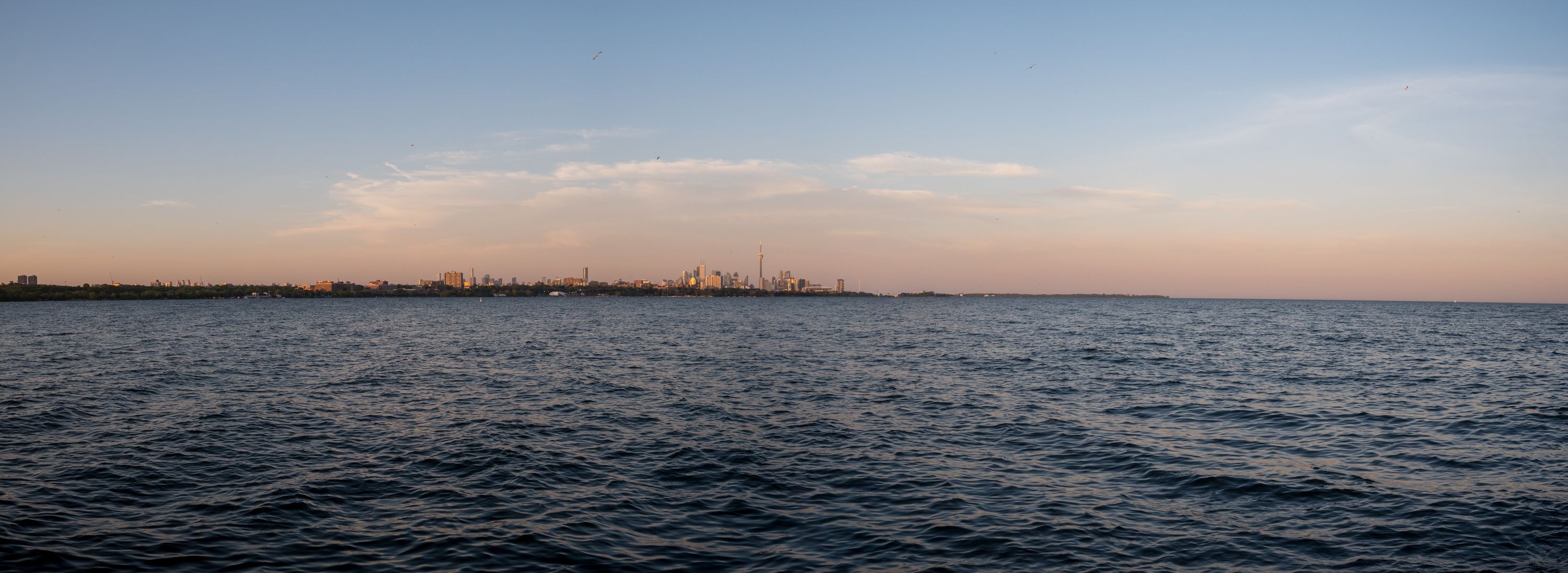 A panorama of the Toronto skyline, stitched from several frames using the 15mm ƒ/1.7.
A panorama of the Toronto skyline, stitched from several frames using the 15mm ƒ/1.7.
On the GX8, it makes for a very handsome combination, especially with the vented hood attached. The balance is spot on, it’s easy to hold, compact enough to store in any small bag, and light enough that I barely noticed having it slung over my shoulder all day long. It reminded me a lot of the Fujifilm X100 series cameras in terms of usage.
Image Quality
Panasonic was the first of the Micro Four-Thirds manufacturers to offer a higher resolution sensor, and the GX8 was the camera it arrived in.
The new 20MP sensor may not offer a vast increase in linear resolution, but I’ve learned not to underestimate its benefits. For one thing, that increase in resolution does not come at the expense of noise performance—the 20MP sensor in the GX8 performs either the same or better than the 16MP in the GH4 at higher ISOs.
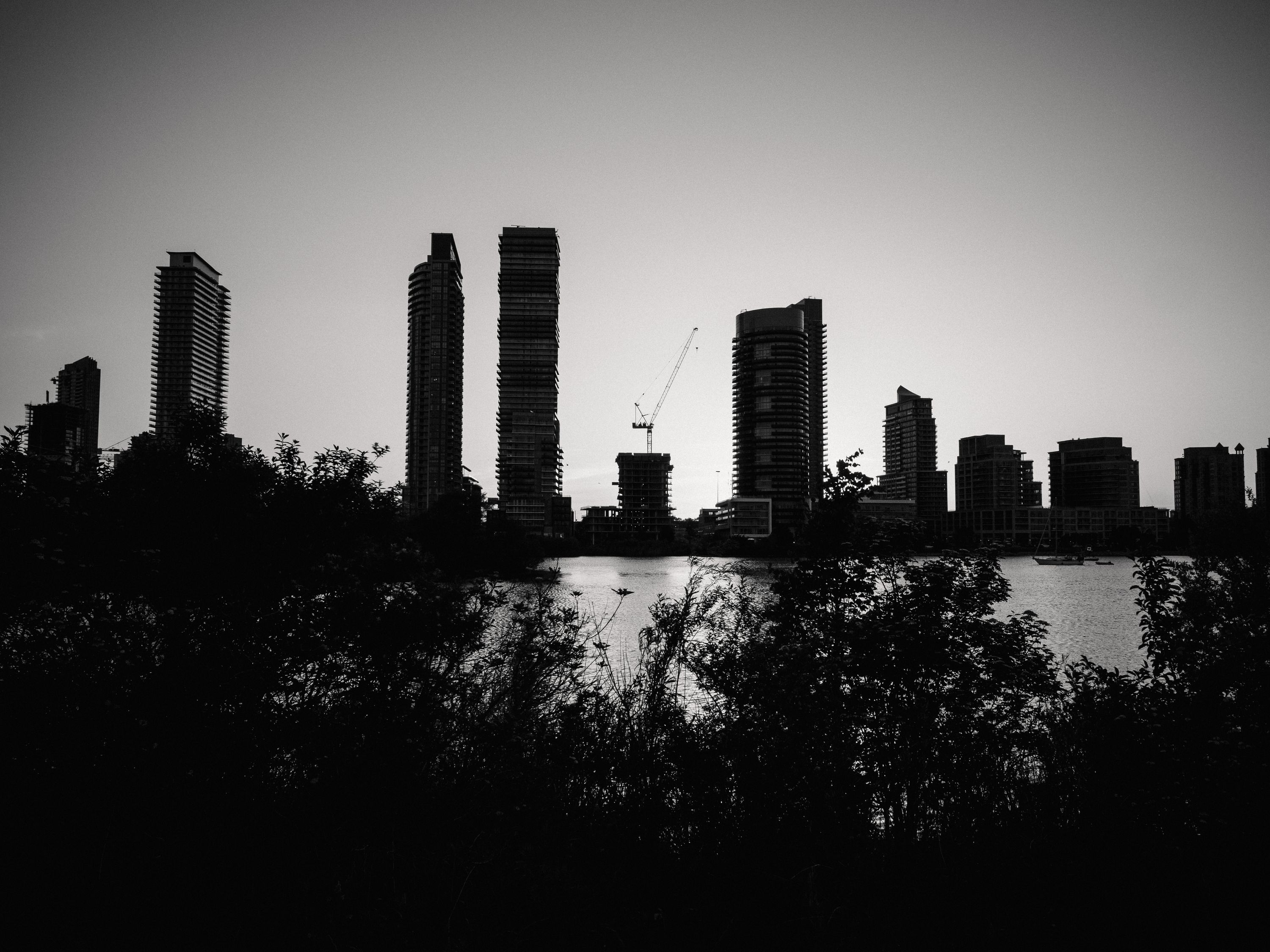 I was very pleased by the B&W conversions from this camera, especially with the 15mm ƒ/1.7 lens.
I was very pleased by the B&W conversions from this camera, especially with the 15mm ƒ/1.7 lens.
Similarly, while it only allows for a small bump in print sizes, the 20MP sensor really shows off the quality of the system’s best lenses, capturing fine details and tonal gradations with a surprising degree of fidelity.

Compared to my Olympus bodies with the 20MP sensor, I found image quality to be more similar than different, but the differences were not altogether positive and the behaviour overall seemed less consistent.
My suspicion is that this comes down to the processing engines. Detail is just as good from the GX8 as on my PEN-F or E-M1 Mark II, but those details often took on a grainy appearance in the JPGs. Not noisy as in high-ISO noise, but a sort of edge tracing that looked a bit over-sharpened.
This is, of course, irrelevant when shooting RAW like I do.

What remains relevant even when shooting RAW is the bizarre white balance choices the GX8 made. During my very first outing, I was shooting in the woods and my first set of shots came out with the white balance so grossly inaccurate that I performed a reset on the spot, assuming something was wrong.
 An example of this wonky white balance straight out of the camera.
An example of this wonky white balance straight out of the camera.
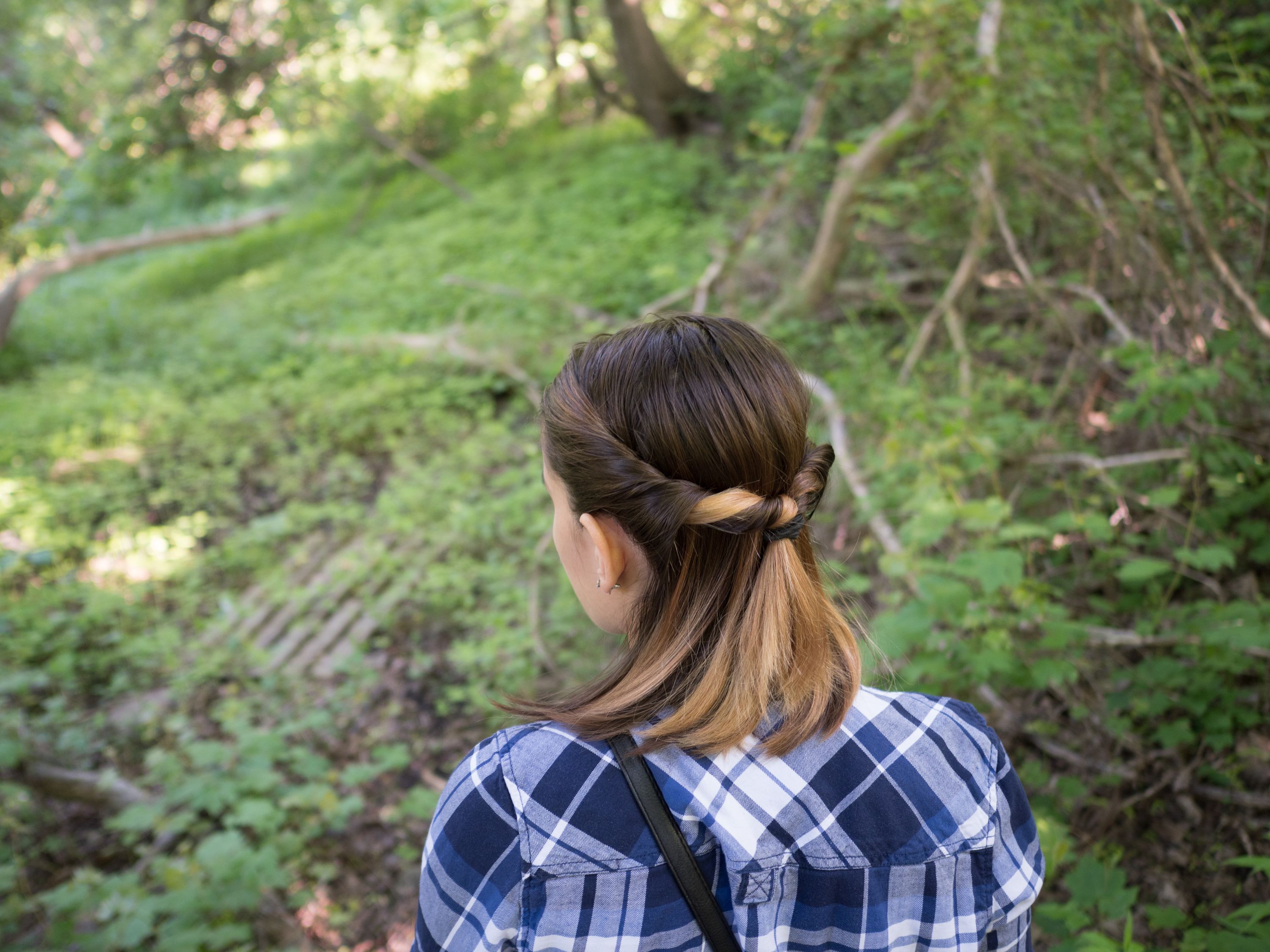 A version adjusted to reflect the actual shooting conditions (warm evening light) and restore the skin tones to a human state (only white balance was changed).
A version adjusted to reflect the actual shooting conditions (warm evening light) and restore the skin tones to a human state (only white balance was changed).
Each manufacturer has its own take on colour, but several times throughout my review period I encountered white balance choices that pushed beyond the realm of stylistic choice and into the realm of ugly. This can be corrected in post, but it’s a step that I never have to take with my other cameras—I can’t remember the last time I had to fix white balance problems with my Fujifilm or Olympus cameras.
Eventually, I found that I could get more pleasing results by using the camera’s white balance adjustment controls to bias the default rendering toward a more neutral look. I also determined that this unsteady white balance mostly occurred when shooting in low light situations, so perhaps it has something to do with the metering system.
In any event, while not a deal-breaker by any stretch, it was an aspect of the image quality that I never trusted with the GX8. So while it shares the same resolution as its Olympus peers, I would choose those over the GX8 if only for the consistency and colour science.
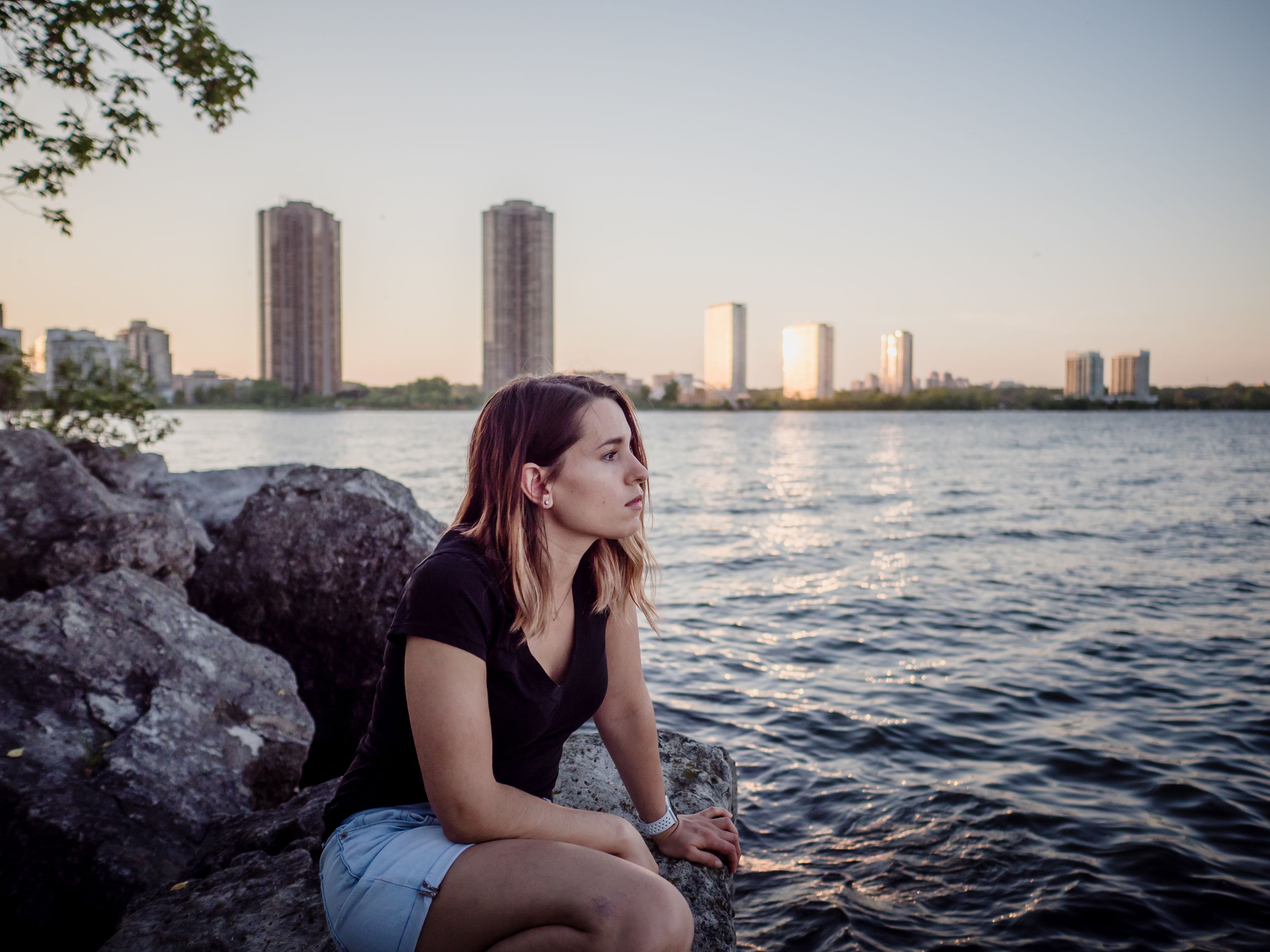 It’s not that you can’t get nice colours out of the GX8, it just takes more post-production work.
It’s not that you can’t get nice colours out of the GX8, it just takes more post-production work.
Some Comparisons
As I was testing it, I was trying to figure out where the GX8 sits in the landscape of mirrorless camera options. Who’s it for? What would they choose it over?
To me, its most obvious competitor is probably the Olympus PEN-F (one of my favourite cameras). They both share a compact, rangefinder-style form factor, a 20MP sensor, and a healthy lens ecosystem. Besides differing in price, they also differ in design philosophy.
The PEN-F is unashamedly built to look good, with a retro design and an old-fashioned aesthetic. The GX8 shares a similar form factor, but it’s a deliberately modern design, with helpful ergonomic affordances and no desire to emulate the look of another era’s camera.
You could dismiss the PEN-F as the hipster’s option, leaving the GX8 for serious photographers, but that’s the same mistake I made before actually trying both cameras. The PEN-F is a remarkable imaging tool, with vastly superior IBIS, much more pleasing colours (especially if you use the film simulations to inspire you while shooting), and a design that disarms your subjects.
Conversely, the GX8 is weather sealed, has a sturdier grip, and offers interesting usability improvements like the better, tilting EVF and access to aperture ring controls on compatible lenses. It has inferior colour science, to my eyes, and that stupid front function button is infuriating, but it’s more affordable and is easy to recommend as the pragmatist’s choice.
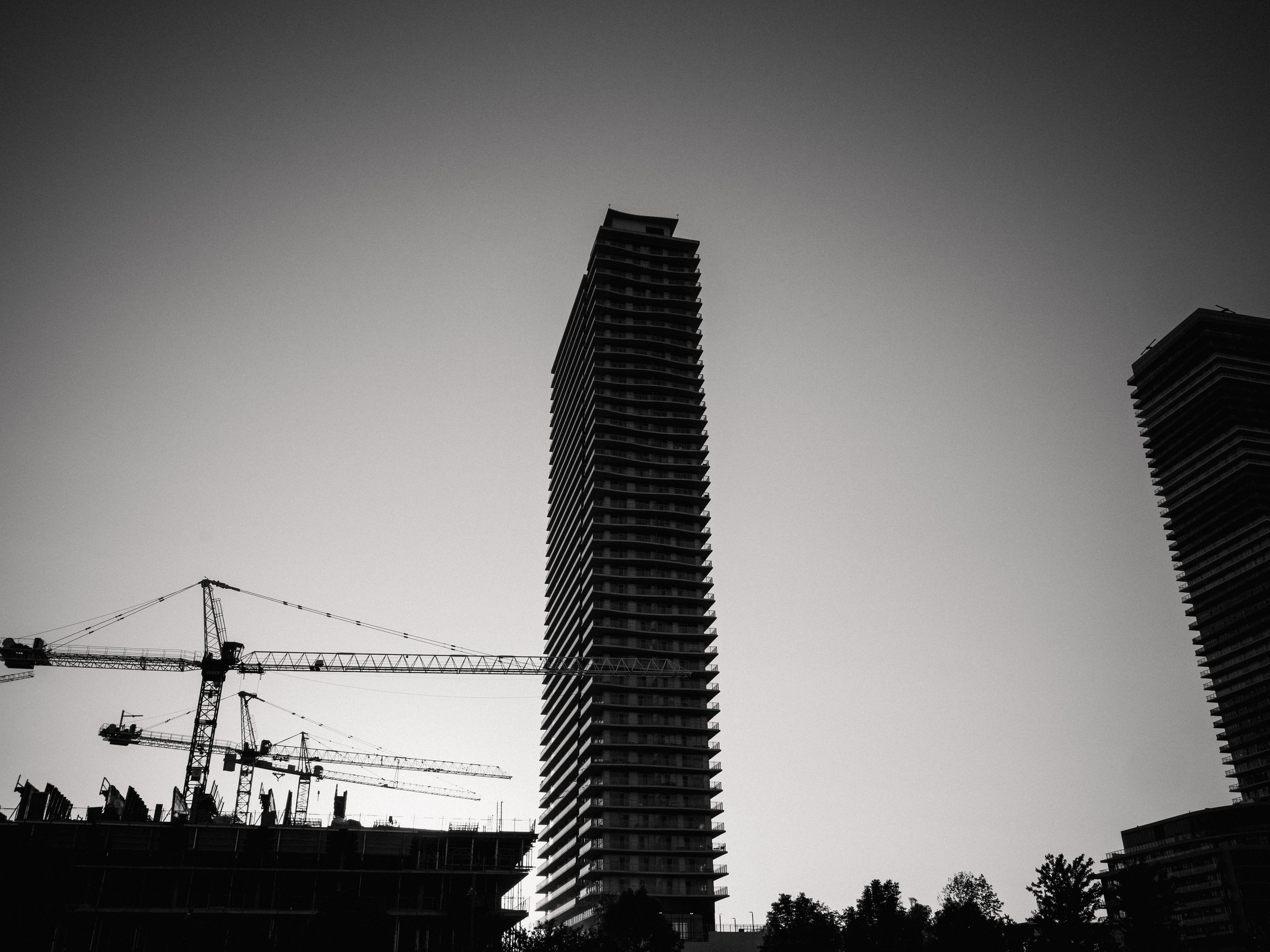
If you’re not particularly concerned about having the 20MP sensor though, then you also have to toss the Olympus E-M10 Mark II and E-M5 Mark II into the mix, both of which bring a lot of value to the table.
What about options beyond the Micro Four-Thirds ecosystem though?
Fujifilm’s X-E2 is a very close match in terms of design, sporting a lower resolution (16MP vs 20MP) but larger (APS-C vs M43) sensor, and granting access to Fujifilm’s much-lauded colours and lens ecosystem. Depending on your shooting requirements, it might make sense to opt for the X-E2 instead. If you care less about making large prints and more about having cleaner high-ISO files for low light shooting, for instance. Or if you’re keen on shallower depth of field without having to dig deep into your pocketbook to afford the Olympus ƒ/1.2 lenses or the Voigtlander ƒ/0.95s.
The X100 series is another contender, though you give up interchangeable lenses right off the bat. Still, if your primary goal is to have a supremely capable but effortlessly portable camera system, an X100 (I don’t recommend buying one older than the X100T these days) makes perfect sense. And you still get access to the two conversion lenses to allow for some focal length choices even without changing lenses. You also get to keep the larger sensor and its benefits, and if you’re buying the X100F then you get a resolution boost to 24MP as well as access to the latest X-Trans III generation of sensor technology.
You’d be spending a lot more up-front, but without having to worry about buying more lenses down the road it may even out.
 Not my usual fare, but for the sake of testing: yes, the GX8 also excels at wacky selfies. Glad that’s done with.
Not my usual fare, but for the sake of testing: yes, the GX8 also excels at wacky selfies. Glad that’s done with.
Conclusion
In the end, the GX8’s biggest problem might be that it’s a camera without an obvious target audience. It’s a fantastic, durable, compact all-rounder camera, but…there are very few things to point to as benefits that are unique to the GX8.
It lacks a distinct identity.
Some may find the tilting EVF indispensable, or be used to the form factor and ergonomics from previous generations of the camera. If I were a photographer shooting GH5s as my primary body, I would absolutely want a GX8 as a backup body, or a less threatening secondary body for delicate portraiture situations.
To me, it seems like a perfect entry point into the Micro Four-Thirds ecosystem for serious photographers. It embodies many of the system’s best aspects and is reasonably future-proofed thanks to the newer 20MP sensor. It’s not cheap, but it’s also not extravagantly priced, and you get a lot of value for your money: stabilization, weather sealing, a class-leading EVF, articulating screen, 4k video, and nearly-perfect ergonomics.
I’m glad that the ecosystem has a practical high-end body choice in the GX8. No whiz-bang features to bloat the price, no aesthetic gimmicks, just a strong photographic companion. If you’re in the market for a modern mirrorless setup, the GX8 should definitely be on your shortlist.